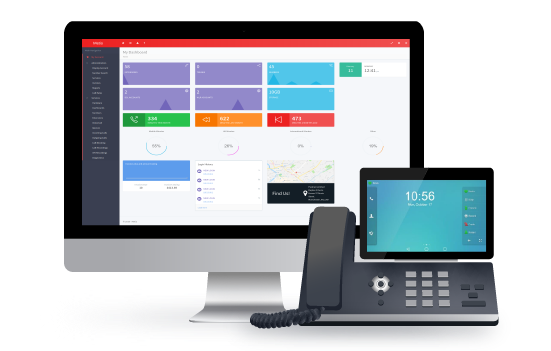The original pool of IP version 4 addresses has been exhausted! The history of internet has turned an important page earlier this year, when the last five available blocks of IPv4 addresses were officially handed over to the regional internet registries (RIR). This means that, any future allocation is possible only after a global deployment of the next version of Internet protocol, called IPv6. The distribution of last five blocks was triggered by a request from RIR for Asia Pacific region – Asia-Pacific Network Information Centre (APNIC) – which is running out of IP addresses thanks to the explosive growth of internet in the region. Two blocks were handed over to them and as part of a global policy the remaining three blocks where distributed among all the RIRs.
The so called ‘/8s’ blocks, each of which can handle over a 16 million addresses each is expected to be ran out in the Asia Pacific region by September this year. On the other hand, in Europe, the currently allocated pool is sufficient enough to last for few more years as the growth rate is not in the same league as that of the Asia Pacific one.
In 1970s, when the specification for IPv4 was drawn up, a total capacity of 4.3 billion addresses might have sounded a lot and was expected to last for a very long time. No one could have predicted that it would all be allocated for within less than fifty years. The new IPv6 address pool is a billion-trillion times larger than IPv4 which means it cannot all be used up in the foreseeable future. This also means that the primary need for Network address translation (NAT) which was designed in order to prevent the IP address exhaustion is not there anymore.
Whereas IPv4 addresses are represented as 4 blocks of octets separated by a dot and is a 32-bit address, IPv6 are normally written as 8 groups of 4 hexadecimal digits separated by a colon and is 128-bits in length. Just like you can type the IPv4 address of a website on a browser like ‘http://128.1.0.1’, you can type the IPv6 address as http://[1001:09af:0000:0000:680f:0000:2011]/. Please note the square brackets around the IP address – this is because when you use a ‘:’ in the browser, it will be treated as address followed by a port number. So the whole IP Address is enclosed in square bracket.
The way IPv6 address is broken down and interpreted in a network is similar to that of an IPv4 one – it has a site prefix, subnet ID and interface ID (host ID). The first 3 blocks represents the site prefix, the next block represents the subnet ID and the last 4 represents the interface ID.
The compatibility of networks with IPv6 is mainly software or firmware issue. While most of the operating systems are now IPv6 enabled, the same cannot be said about network applications and devices. The upgrade process is expected to take years as network devices, firmware and various components of the internet are all updated to make it capable of using and supporting IPv6. A World IPv6 day is organised for 8th of June that will give a window of opportunity to governments, organisations and others a chance to test the technology. Major networking players like Cisco, Verizon, Google and Yahoo are expected to participate in this testing.
VOIP devices are typically not supporting IPv6 as of now, just like many other devices like printers .


